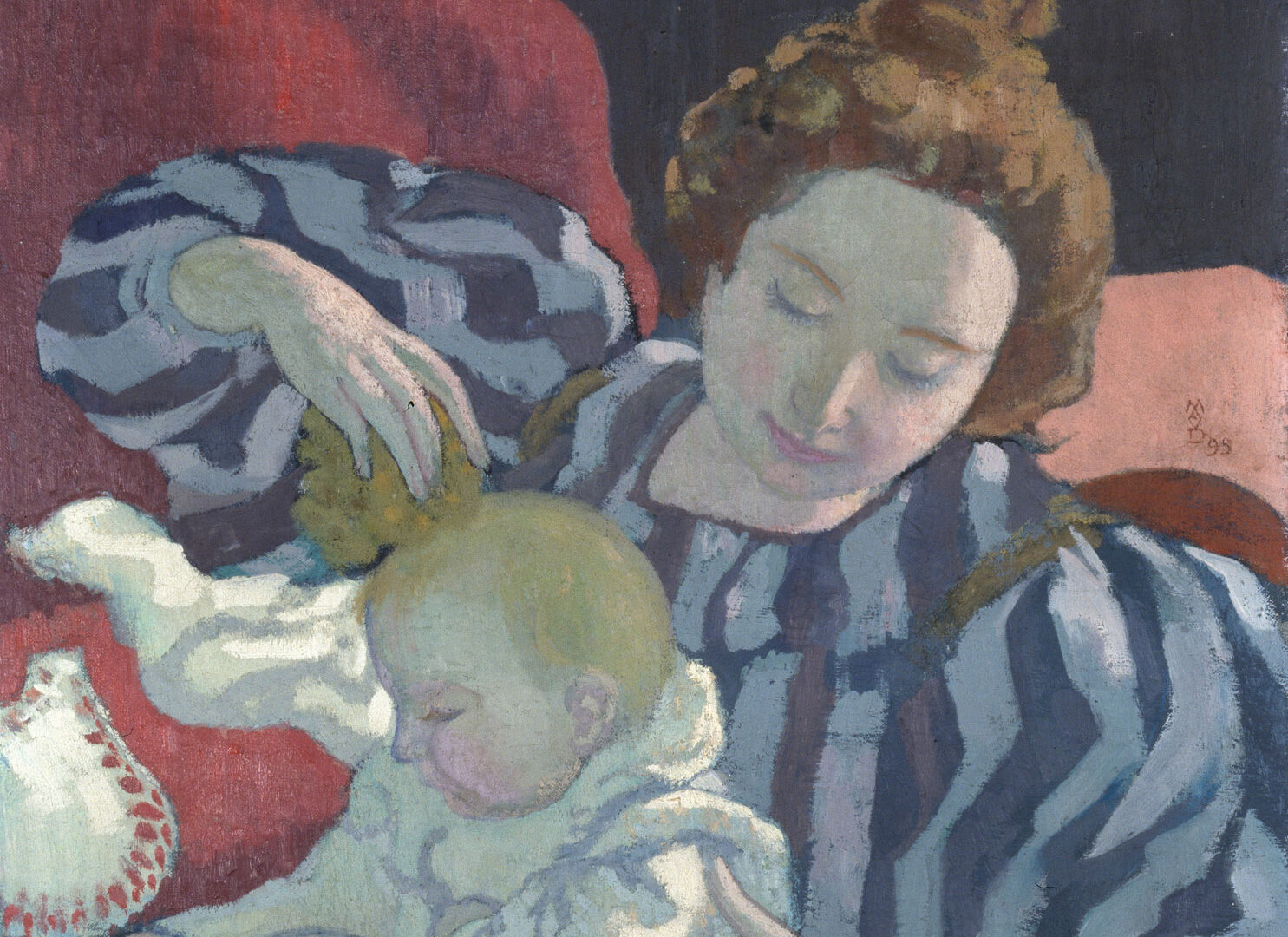In the autumn of 1889, a group of avant-garde artists formed a brotherhood to promote a radical new direction in art. Adopting the name Nabis—Hebrew for ‘prophets’—they sought to capture subjective experience and emotion in their paintings, drawings, and prints. They drew their inspiration from things close at hand—daily meals, family members and pets at rest or play, hushed interiors, and private gardens. In this lecture, exhibition curator Mary Weaver Chapin introduces the four artists featured in this exhibition and delves into their varied and sophisticated use of private domestic life as the locus for artistic inspiration. Yet the domestic world was not always what it seemed; suppressed secrets, hidden affairs, and familial tension bubble beneath the surface, challenging the viewer to construct the unspoken narrative of these small but powerful images of interiors, gardens, and the city of Paris.
Mary Weaver Chapin joined the Portland Art Museum in 2012. She oversees a large and varied collection of more than 20,000 prints, posters, and artists’ books that date from the fifteenth century to the present. She is responsible for the care, collection, research, and exhibition of prints, and oversees the Haber Study Center in the Vivian and Gordon Gilkey Center for Graphic Arts. She is the founder of the Portland Fine Print Fair, and serves as the president of the national professional organization Print Council of America.
Chapin has curated numerous exhibitions at the Museum including the loan shows Private Lives: Home and Family in the Art of the Nabis, Paris, 1889-1900 in partnership with the Cleveland Museum of Art (2021), an exhibition and catalogue that explores the work of Pierre Bonnard, Edouard Vuillard, Maurice Denis, and Félix Vallotton; Paris 1900: City of Entertainment with Paris Musées, Museums of the City of Paris (2019); and David Hockney: A Rake’s Progress, presented in partnership with the Hockney Foundation and the Portland Opera (2015), among others.
Chapin is a graduate of Wellesley College and earned her doctorate from the Institute of Fine Arts, New York University. She writes and lectures widely on the graphic arts from the eighteenth-century to the present, and is the author of the catalogue raisonné of the graphic work of contemporary artist Warrington Colescott.



